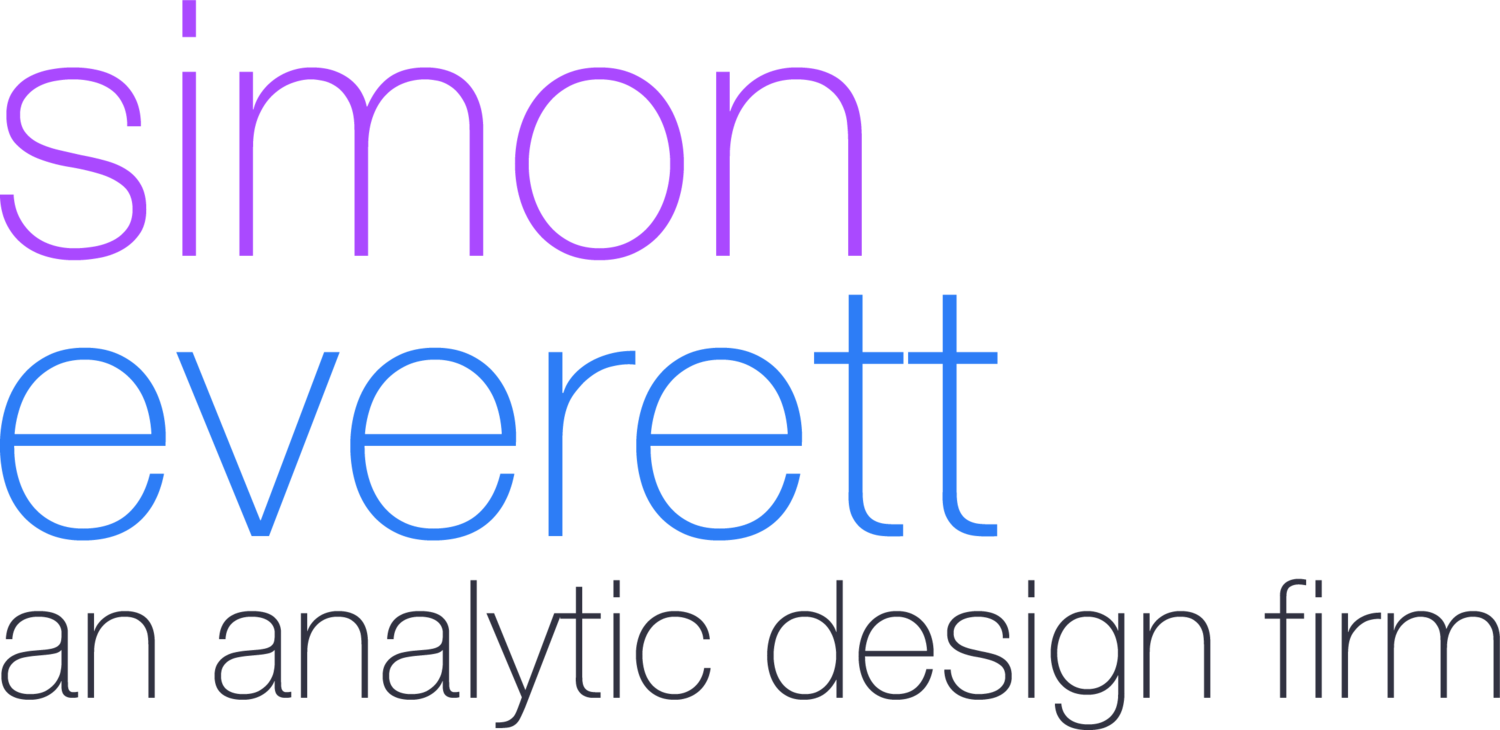Foxes, Hedgehogs, and Beatles
Where we left off: “The fox knows many things, but the hedgehog knows one big thing.”
Taken literally, this ancient line calls to mind the differing techniques that each animal uses to evade capture. The fox, as many fables from various cultures point out, uses multiple forms of trickery and cunning – most of them involving quickness and agility. By comparison, the hedgehog has one well-honed defensive skill: to steadfastly curl up into a ball and be shielded by its quills. Although it is easy to view the two as polar opposites in terms of strategy and style, I’ve been surprised by the volume of references that fiercely favor either of the two sides (in the context of cognitive thinking approaches) and attempt to turn the comparison into a lesson of good vs. bad.
As mentioned in my last post on the topic, Isaiah Berlin’s treatment of the comparison has influenced the majority of today’s academic and professional use of the imagery. His 1953 essay attempted to place leading writers and thinkers into one of two groups according to their worldviews. (If I have to tell you what the two groups were called, you’ve not been paying attention.) Simply put, he described the hedgehog as viewing everything through a single lens or organizing principle; an operative keyword here may be specialization. Think about it: videogame hero Sonic the Hedgehog had multiple attacks, but all with a consistent theme – spinning into a spiked ball, over and over and over again. Conversely, the fox draws upon diverse experiences and shifts lenses accordingly; an operative keyword here may be improvisation. Sounds exciting, right? I mean, Hollywood slickster George Clooney never provided the voice-over for the lead character in “The Fantastic Mr. Hedgehog,” did he?
Much has been made of the fact that Berlin never intended to make an overly serious splash with the comparison – he envisioned this “binning” of luminaries into categories as a fun exercise (perhaps as a precursor to the modern game of “marry, date, or dump”). Nevertheless, a quick online search reveals that the model has been co-opted to explain why different types of thinkers are considered more or less ideal for everything from product development to geopolitical prognostication. I prefer to focus on the optimal combination of the two – or, the value of recognizing your own tendencies and knowing when to bring in the other animal as a counter-balance. We’ll get into that a bit more next time. Until then, check out the fox/hedgehog assessment of John Lennon and Paul McCartney at the bottom of this page, which contrasts not only the two artists, but also their personal and professional lives. Of all the examples I’ve seen that may help cement an understanding of the two archetypes, this one really nails it.
